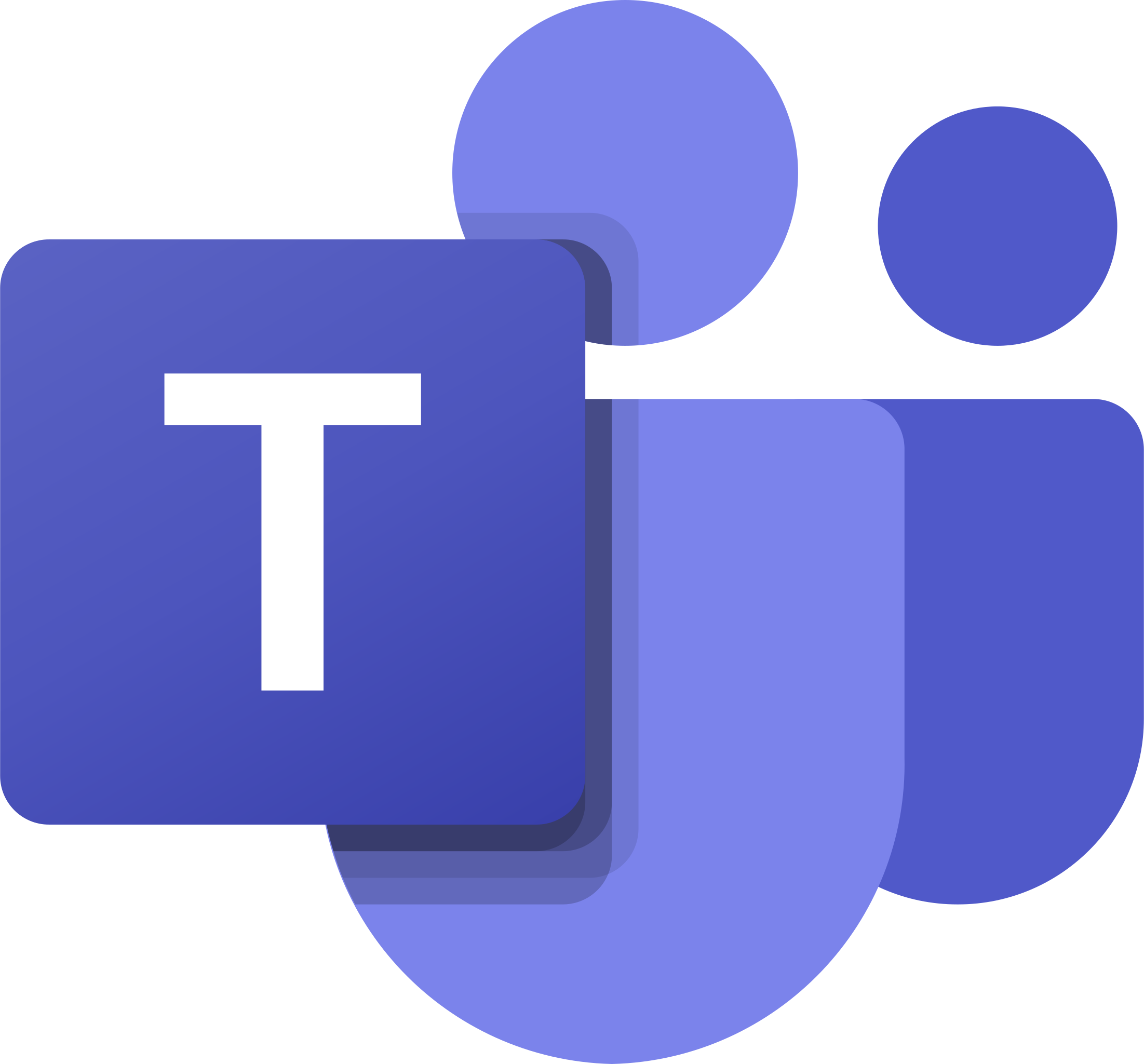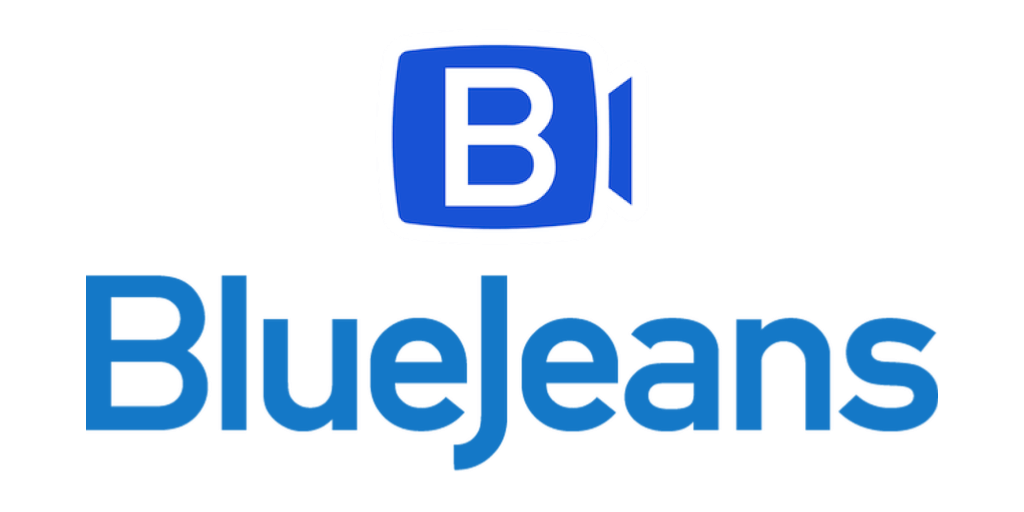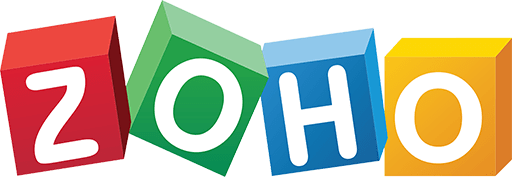Conference Meeting Software is a digital tool that enables individuals or groups to connect and communicate in real-time over the internet. This technology, also known as video conferencing software or virtual meeting platform, supports audio and video communications, chat functions, content sharing, and sometimes even features like real-time polling or whiteboards. It is particularly beneficial for remote or distributed teams, making possible to conduct efficient and interactive meetings despite geographical distance. Notable examples of conference meeting software include Zoom, Microsoft Teams, and Google Meet.
The Best Products
Conference Meeting Software: Our Recommendations
Pick #1
Zoom

Zoom is a leading conferencing software service that provides remote and distributed teams with a platform to communicate and collaborate in real-time. It offers robust features such as high-definition video conferencing, voice calls, text chat, screen sharing, and webinar hosting. Designed to cater to businesses of all sizes, Zoom supports both one-on-one meetings and large group discussions, with the ability to accommodate up to 1000 participants simultaneously. Moreover, it integrates with a variety of third-party applications, enhancing its functionalities and making it a versatile tool in the realms of online education, business meetings and social connectivity.
Pick #2
Microsoft Teams

Microsoft Teams is a comprehensive communication, collaboration, and conference meeting software. It facilitates communication within organizations through chat, video meetings, and file sharing. As part of Microsoft 365 Suite, Teams effectively integrates with other Microsoft applications like Outlook, SharePoint, and OneDrive. The conference meeting feature supports significant numbers of participants, offers robust scheduling capabilities, provides presentation and screen sharing options, and allows for real-time note-taking and resource sharing. This combination of features makes it a potent tool for facilitating remote teamwork and hosting large-scale virtual meetings or webinars.
Pick #3
Google Meet
Google Meet is a video conferencing software service developed by Google. It is one of the core services in Google’s productivity and collaboration suite, Google Workspace. Originally designed for professional use, it provides a platform for individuals or groups to host secure, high-quality video meetings. Features include screen sharing capabilities, live captions, scheduling, and integration with Google Calendar. It offers accessibility across devices and operating systems. Google Meet is designed for both small-scale individual sessions as well as larger enterprise-level meetings, providing a reliable and efficient solution for virtual interactions.
Pick #4
Cisco Webex

Cisco Webex is a highly versatile and sophisticated conference meeting software that facilitates seamless virtual communication through video conferencing, online meetings, screen sharing, and webinars. This platform is renowned for its ability to accommodate up to 100,000 participants simultaneously, facilitating both small-scale team collaborations and large-scale webinars or enterprise-wide meetings. Its suite of features includes high-definition video and audio, interactive polling, multicasting, personalized meeting rooms, and integrated scheduling with Outlook. Furthermore, it emphasises on security with end-to-end data encryption, thus making it a preferred choice for businesses of all sizes.
Pick #5
GoToMeeting

GoToMeeting is a powerful conference meeting software designed to facilitate remote collaboration and communication. Offering a comprehensive suite of features such as video conferencing, screen sharing, and meeting recording, it enables businesses to hold virtual meetings, webinars, or training sessions seamlessly. Apart from its high-definition video and audio capabilities, GoToMeeting also boasts integrated scheduling, one-click meetings, and cloud recording, making it possible for teams to connect and collaborate from anywhere in the world. Its intuitive interface and compatibility with various devices further enhance its usability, helping to promote efficient communication and productivity.
Pick #6
Skype for Business
Skype for Business, a product of Microsoft, is a comprehensive conference meeting software designed to facilitate seamless communication in a business setting. It enables users to conduct virtual meetings, video conferences, online trainings, and presentations, supporting collaborations among participants, either individually or in groups, regardless of their geographical location. With state-of-the-art features such as screen sharing, instant messaging, voice over IP (VoIP), file transfer, and whiteboard capabilities, Skype for Business has positioned itself as an essential tool for business communication, fostering efficiency and productivity in diverse workplace environments.
Pick #7
BlueJeans

BlueJeans is a cloud-based video conferencing platform that offers a robust suite of meeting tools designed to enhance collaboration and communication between participants. It delivers an immersive and interactive experience with HD video and Dolby audio, providing seamless connection across various devices, such as mobile, desktop, and room systems. It also supports screen sharing, recording capabilities, and event production for webinars or large meetings. The software integrates with popular productivity and messaging platforms, making it a valuable tool for businesses, especially in a remote working setup.
Pick #8
Zoho Meeting

Zoho Meeting is a robust conference meeting software designed to facilitate online meetings and webinars in a seamless, efficient manner. It caters to the needs of businesses of all sizes, providing a platform for virtual communication, collaboration, and training. This software supports screen sharing, recording meetings, scheduling of meetings, and real-time chat, among other features. Additionally, it emphasizes user security and privacy, offering enterprise-grade encryption for all its data transmission. Its compatibility with various devices and operating systems makes Zoho Meeting a reliable and versatile choice for many enterprises.
Pick #9
Slack
Slack is a robust communication platform used primarily by teams and businesses for collaboration and coordination. While it’s not specifically a conference meeting software, it does offer audio and video conferencing features along with its wide range of services. These features make it possible to carry out one-on-one or group calls within the workspace. Conversely, Slack’s integration capabilities with other dedicated conference meeting software such as Zoom, Google Meet, and Microsoft Teams, significantly improve its functionality to host or schedule larger or more complex meetings and video conferences directly within the Slack interface.
Pick #10
Adobe Connect
Adobe Connect is a comprehensive conference meeting software that facilitates interactive online meetings, webinars, and eLearning sessions. It delivers immersive online meeting experiences for collaboration, virtual classrooms, and large scale webinars. This software prides itself on its flexible features including screen sharing, chat, polls, breakout rooms, whiteboards, and much more. Beyond live conversations, it can record and distribute those events for future playback. Adobe Connect provides multiple deployment options such as cloud, on-premise or managed services, empowering organizations to choose the best solution for their business needs.
Conference Meeting Software: Key Features
A standout feature of conference meeting software is its capacity to bridge geographical gaps, allowing participants to connect from anywhere in the world. This inclusivity is bolstered by high-definition video and audio capabilities that simulate the nuances of face-to-face interactions, fostering a collaborative environment. Additionally, these platforms often integrate screen sharing and digital whiteboarding, making the exchange of ideas and information seamless and interactive. This ensures that regardless of distance, teams can work cohesively and efficiently, making every virtual meeting as productive as possible.
Furthermore, conference meeting software is distinguished by its robust scheduling and automation tools. Features such as calendar integration and automated invitations streamline the process of organizing meetings, ensuring participants are well-informed and prepared. Security is also a cornerstone; with end-to-end encryption and customizable access controls, sensitive information remains protected. These key features combine to create a versatile and secure environment for communication, collaboration, and decision-making, making conference meeting software an indispensable tool in today’s digital workplace.
Buying Criteria
Selecting the right conference meeting software is a crucial decision that requires a comprehensive evaluation of your specific needs and the unique features each solution offers. Begin by identifying your primary objectives for using the software, such as enhancing team collaboration, hosting large-scale virtual events, or conducting client meetings. This clarity will help you prioritize essential capabilities, whether it be high-quality video and audio performance, seamless screen sharing, interactive participation features, or robust security protocols. Additionally, considering the scale of your needs will guide you towards solutions that can accommodate your audience size without compromising on performance or user experience.
Moreover, ease of use and integration capabilities should also inform your decision. Opt for a platform that offers an intuitive user interface and requires minimal training, thereby encouraging adoption among your team members or audience. Integration with existing tools and systems within your organization, such as email, calendars, and project management software, is equally important to ensure a smooth workflow and enhance productivity. Lastly, review and compare the support and pricing models of different solutions. Strong customer support can significantly alleviate the implementation process, while a transparent and flexible pricing plan will ensure that you get the best value tailored to your specific requirements.
Benefits
Investing in conference meeting software can be a savvy decision for businesses with geographically dispersed teams or those frequently engaging with international clients. This technology bridges the gap between physical distances, facilitating real-time communication, collaboration, and decision-making without the cost and time associated with travel. It’s particularly beneficial for companies looking to streamline their operations and enhance productivity by enabling virtual workshops, training sessions, and meetings that can include a wide array of multimedia and interactive elements. For businesses aiming to scale or maintain a dynamic remote working culture, conference meeting software becomes an indispensable tool that fosters connection and ensures that every team member, no matter where they are in the world, is just a click away from contributing to their fullest potential.
On the other hand, investing in conference meeting software might not make sense for small businesses or startups with limited budgets where in-person interaction is easily manageable. For companies where teams work closely in the same location, or the nature of the business demands high levels of personal interaction—such as in certain types of retail or hands-on services—allocating resources to a high-end conference meeting solution may not provide substantial benefits. Furthermore, if the majority of a company’s clients and partners are local and prefer face-to-face meetings, the investment in virtual meeting technology could remain underutilized, making it an unnecessary expense. In these scenarios, traditional communication methods or basic digital tools may suffice, allowing businesses to allocate their resources more effectively towards areas with a higher return on investment.
Popular Questions
What is Conference Meeting Software?Can users share their screen during the meeting via Conference Meeting Software?Can you record a meeting session in Conference Meeting Software?Is Conference Meeting Software secure for confidential meetings?Are there any cost-effective or free Conference Meeting Software solutions available?
Conference Meeting Software is a tool that allows individuals or businesses to hold meetings, webinars, or information sessions remotely using the internet. It provides a platform for audio and video communication and often includes features such as screen sharing, instant messaging, and whiteboarding.
Yes, most Conference Meeting Software offers screen sharing functionality. Users can typically share their entire screen or choose to only share specific applications on their computer, aiding in presentations, demonstrations or collaborative discussions.
Yes, many Conference Meeting Software solutions include recording capability. This allows users to record a meeting for future reference or for those who cannot attend the live session. This function often includes video, audio, and any shared screen content or presentations.
Yes, reputable Conference Meeting Software takes security very seriously. They usually include end-to-end encryption and additional measures like password protection for meetings, ensuring that only intended participants can join. However, it is always advisable to check the specific security measures offered by each platform.
Yes, many providers offer free versions of their Conference Meeting Software, although these may come with limited features. Some common free or cost-effective options include Zoom, Microsoft Teams, and Google Meet. Larger corporations and businesses may opt for paid versions, which often come with additional features and capabilities.

